Tea history
Tea is one of the most common and respected drinks on the earth. It is difficult to meet a person who did not know the taste of this aromatic infusion. But it did not get his popularity right away. The history of tea goes back centuries and is filled with many myths, legends and traditions.
There is no consensus among experts about the place of origin of a tea bush. Genetic researches show that there is one ancestor of all nowadays known types - Chinese tea (Camelia sinensis), wilding forms of which was found on the south-west Chinese Yunnan province. But historians find mentions of this plant in both Chinese and ancient Indian literary sources. One thing is clear - the origin of tea traces its roots in the tropical and subtropical forests of Southeast Asia.
China is considered to be a homeland of tea. Exactly in China the taste and toning effect of tea was first appreciated. In the 1st century AD, during the time of the Chinese Han dynasty, tea was used mainly for medicinal purposes and during religious ceremonies, and tea drinking was a privilege of the emperor and his entourage.
But by the 5th century tea had been becoming widespread. Basic rules of tea ceremony were formed, and tea became available for more people. Tea acquires a national drink status. Around the same time, it began to be sold to the northern nomadic peoples.
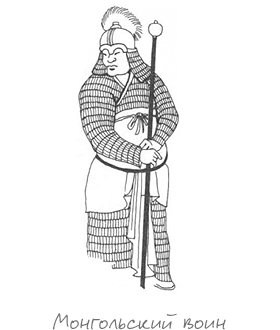
The Mongol invasion of the XIII century almost completely destroyed the tea culture of China, but it is reviving again by the middle of the second millennium, acquiring new methods of adaptation and preparation. Now the Chinese use only leaf tea, which is brewed with rolling boil. Exactly this method is common now in the whole world.
Even in 9th century tea came to Japan, where it became not only the favorite drink, but also penetrated into all spheres of spiritual life, inspiring many philosophers and poets. In the middle of 17th century tea was imported in Europe by the Portuguese, the Dutch and the British.Drinking of tea became really common for European lifestyle, it got their own traditions and became spread across the whole West Europe.
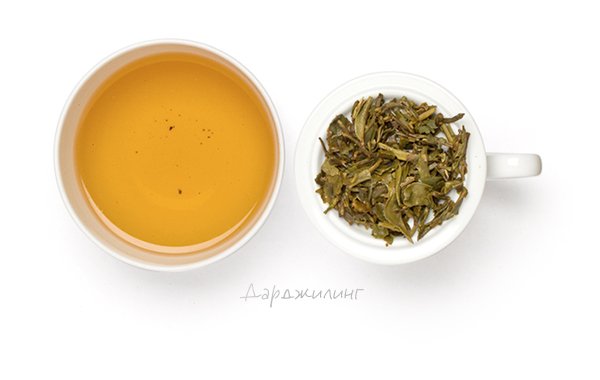
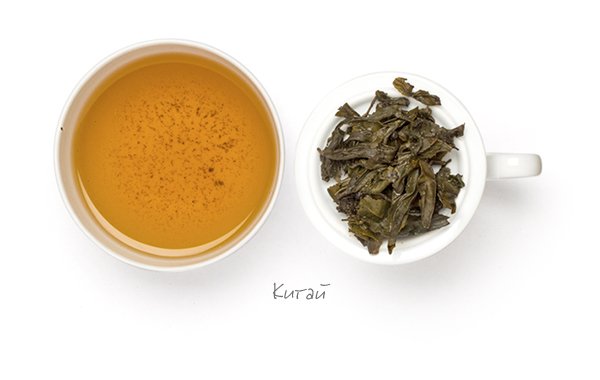
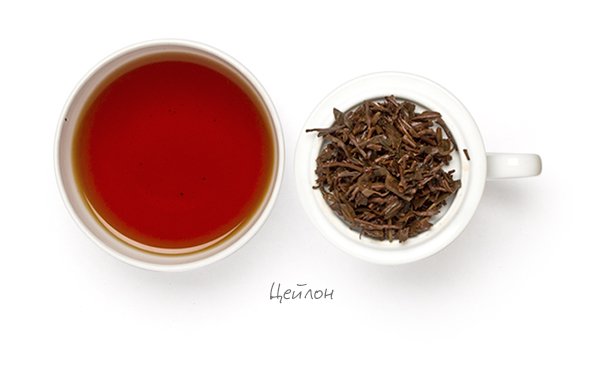
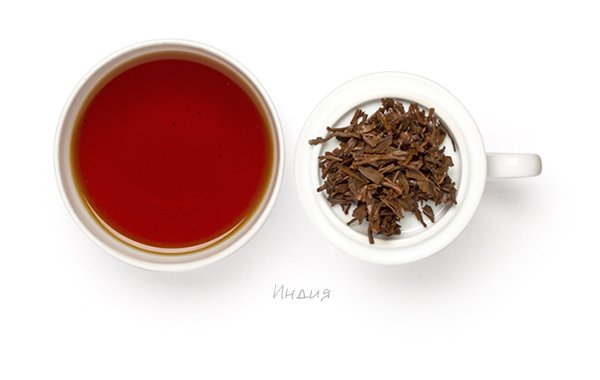
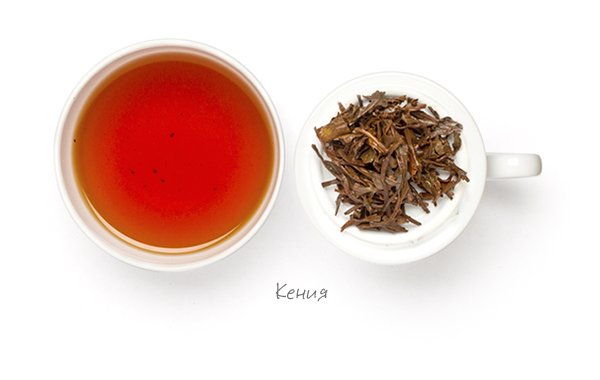
During the history of tea breeding people have tried to improve its natural properties.
Many sorts of this plant were obtained through the selection, aimed to the improvement of yield and reaching more tender taste and aroma. But not only the plant determines a sort of tea, but also a place of growth, processing method, location of tea leaf on a tree, its shape and size. Fermentation is really important step in the creation of high quality tea. The process of oxidation of the tea leafs juice under the action of beneficial microorganism is the essence of it. Degree and duration of fermentation is determined by the wide range of tastes and benefits of tea.
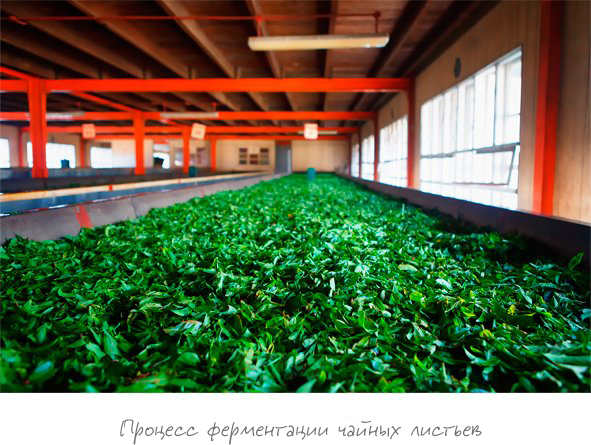
The number of tea sorts is huge; it is almost impossible to list it all. But it is possible to mark a several groups of sorts, which are different by type of raw and method of preparation. Probably the most spread tea in Asia is a green tea. It is grown in many provinces of China.
These sorts of tea are subjected to minimal mechanic preparation and almost do not ferment. Creation of several tea sorts takes only a few hours. The aim of tea production is to save all the benefits which was built in nature and do not ruin integration of tea leaf.
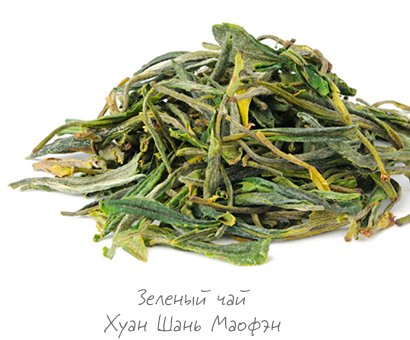
Green tea is traditionally popular in Japan, Korea and the countries of the Middle East and today is considered to be Eastern exotica. In fact, it was green tea that was introduced to Europe and gained popularity in Western countries several centuries ago, but over time it was replaced by black tea.
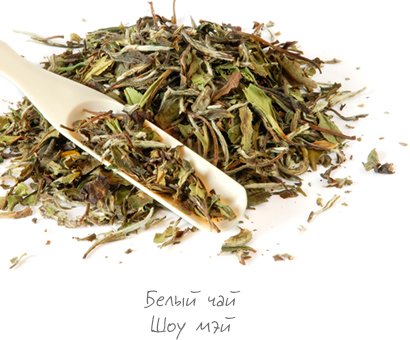
White tea is also not subjected to strong preparation. All the process of production consists in drying tea leaves under the sun. Fermentation is only a few percent. There is a special group for white tea because of its raw materials for production. These young leaves still covered by white fur. Here comes the name of white tea sorts. From here comes the name of the white tea. White tea is considered the most beneficial for health, it retains the full range of vitamins and the natural strength of the young plant.
To get sorts of red tea is possible by fermentation of tea leaves. It is a long process which takes from 2 weeks to one month in traditional technology. Besides, raw material is subjected to intensive mechanic preparation, steamed and fried. As a result, tea leaves are completely oxidized, acquiring a black or dark brown color.
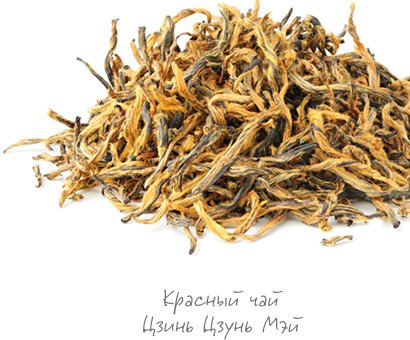
Red tea has a full flavor, but it can hardly be called exquisite, and its usefulness is often put in last place among other sorts. However, tea acquires new beneficial qualities in the process of such tough preparation. Red tea has a greater extractivity, it gives a greater amount of nutrients to the tea. Highly fermentation leads to the formation of new microelements that have good influence on the gastrointestinal tract and more gently remove toxins from the organism.Red tea is the most common in the world, but only the Chinese call it red.
The name "black tea" was fixed In Europe and Western countries. This is exactly that tea which the English aristocracy is so fond of and which we can buy today at any supermarket.
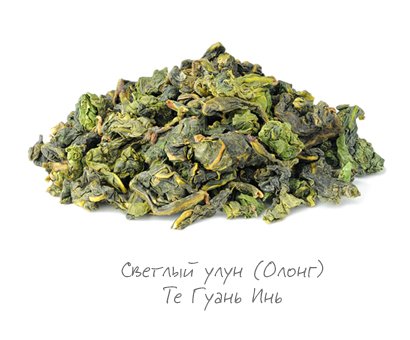
Oolong tea sorts are grown only in three provinces of China. Only completely formed several top leaves of the tea bush are used for the production of this tea. This is half-fermented tea. Fermentation is not carried out to the end, it affects only the edges of the tea leaf and a little surface. The internal part remains untouched.
These method allows to rich special effect- oolongs combine the freshness of green tea and the rich taste of red one. There are two degrees of fermentation: light and dark.
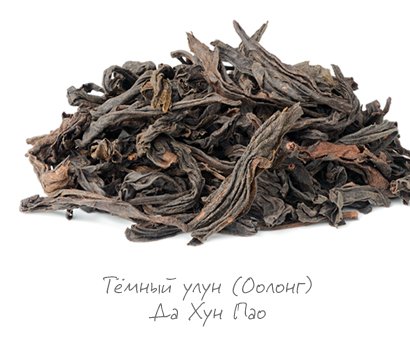
The light is closer to green tea, and the dark one remains red tea.
Oolong tea sort appeared several centuries ago, at the junction of the Chinese Ming and Qing dynasties, but still remains an important part in the tea ceremonies.
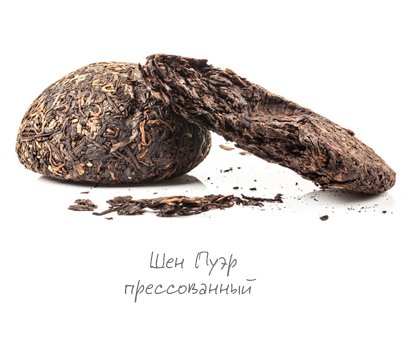
The Pu Erh tea sort is marked as special group. It is one of the most expensive sorts of tea in the world.It is made from big leaves of tea trees grown exclusively in Yunnan Province. The traditional way involves the creation of a classic version of Pu Erh - Shen Pu Erh. The leaves of the tea tree twist and press into briquettes to the state of green tea. Pressing Pu Erh is not only an ancient tradition.
In point of fact, the usual form of tea was briquette in ancient times, in contrast to modern loose tea. This was done for the convenience of transportation and preservation of cargo. But pressing Pu Erh is important technological stage in the creation of excellent sort tea.
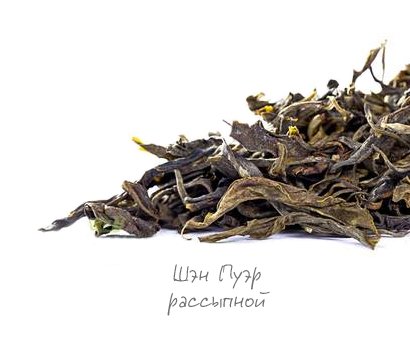
That is the form for creation of conditions for its post-fermentation. Tea is kept for many years, like old wine. Over time, the taste of tea improves. After 2-3 years, the bitterness and earthy taste of fresh leaves disappear. After 10-12 years, unique flavors appear. Older Shen Pu erh are rare and collectible. In the 70s of the last century, the technology of fast creation of puer was developed. That is how Shu Pu erh is made. The raw material is piled up and poured by water-it is the beginning of fast fermentation process. After seven weeks it is also pressed in briquettes. It is normal to drink Shu Pu erh before aging, it changes its taste a little over time. Young Shu Pu erh is close to aged Shen Pu erh, but it still does not rich its exquisite aroma and taste.
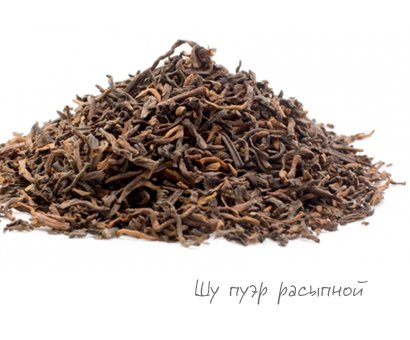
The history of the development of tea and tea culture has a long centuries-old way, but it would be a mistake to consider it complete. New territories continue to be developed for its cultivation, new sorts appear and old ones are improved, experiments are being conducted to combine tea with other ingredients. Different countries and nations develop their own tea traditions and ways of making it. Tea still wins numerous fans around the world, coming out from the narrow region of eastern Asia many centuries ago.